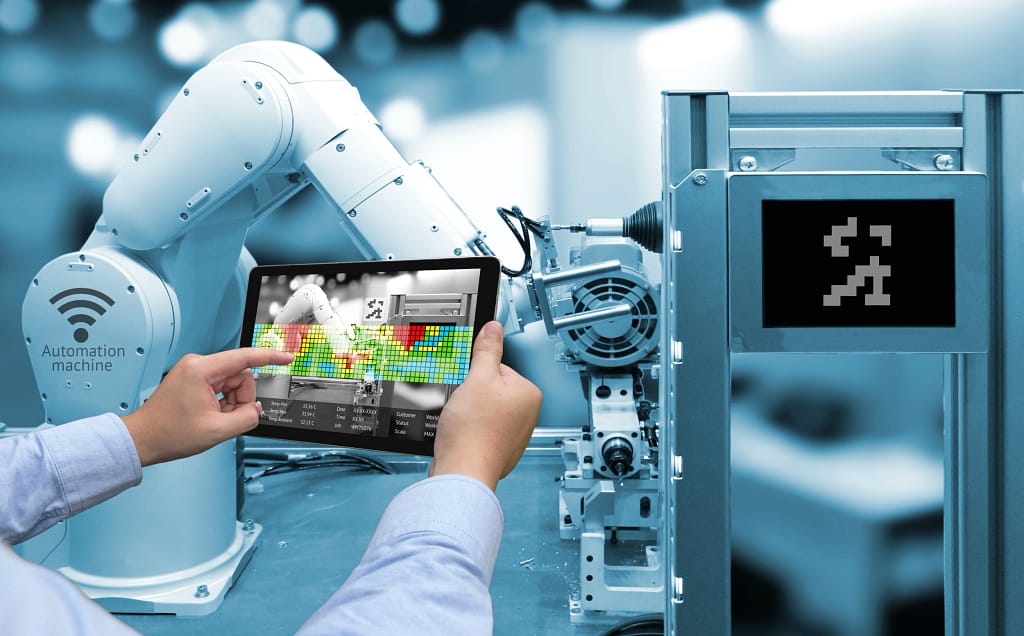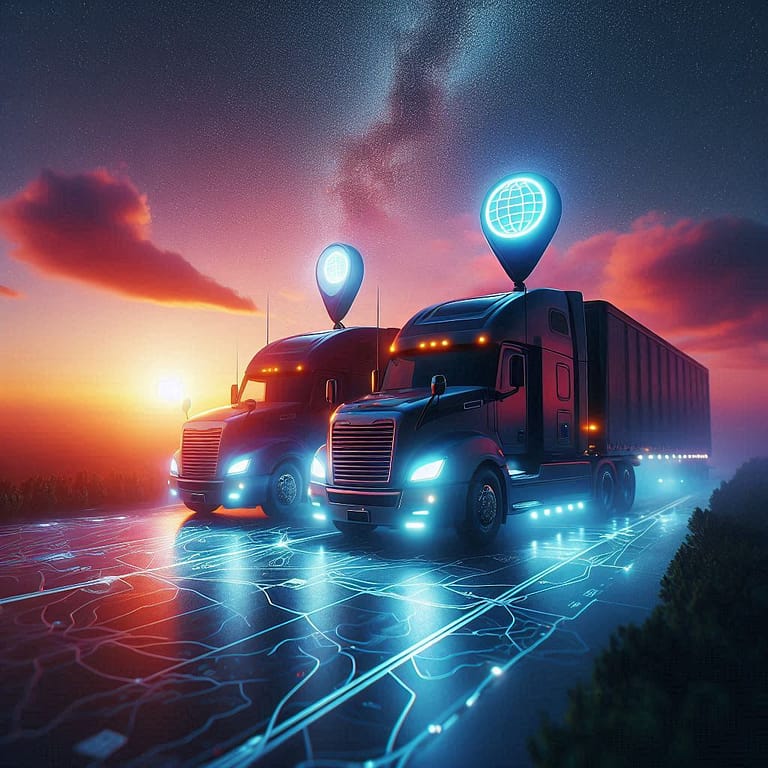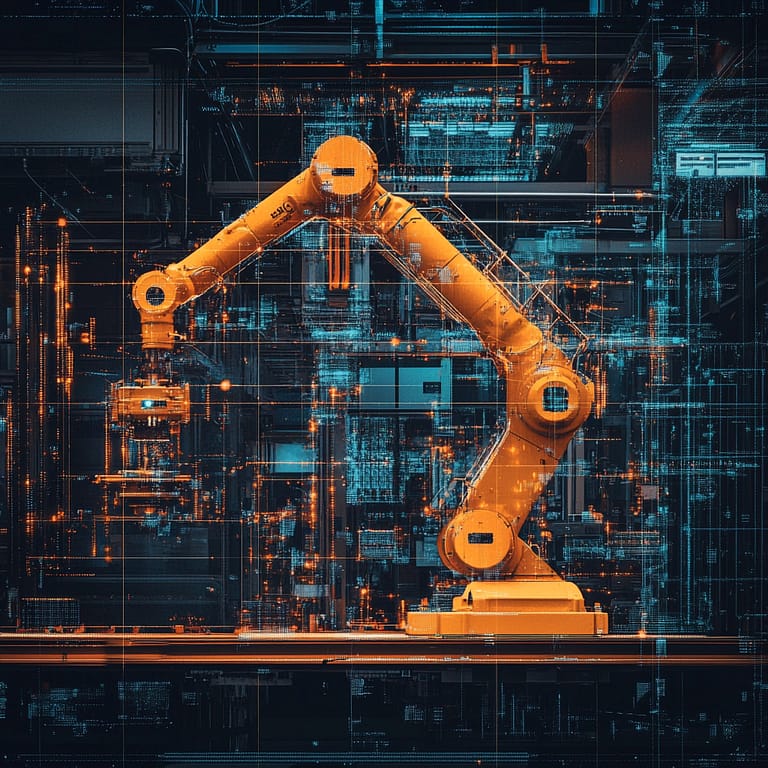In the modern world of technology inside the biggest industries, the Internet of Things (IoT) has emerged as a game-changer, connecting devices and enabling seamless communication. At the heart of this digital revolution lies a crucial component – IoT sensors.
These small, yet powerful devices play a pivotal role in collecting and transmitting data, transforming the way we interact with our surroundings. In this article, we’ll delve into the world of IoT sensors – exploring their diverse applications, underlying technologies, challenges, and the profound impact they have on various industries.

Understanding IoT Sensors
IoT sensors serve as the eyes and ears of the interconnected world, capturing real-time data to facilitate informed decision-making. These sensors come in various forms, ranging from simple temperature sensors to advanced image and motion detectors. Each type serves a unique purpose, contributing to the broader goal of creating a smarter and more efficient environment.
1. Temperature and environmental sensors
One of the most common applications of IoT sensors is in monitoring temperature and environmental conditions. These sensors find extensive use in sectors like agriculture, healthcare, and logistics.
For instance, in agriculture, temperature sensors integrated with IoT networks help farmers monitor crop conditions, ensuring optimal growth. Similarly, in healthcare settings, these sensors assist in maintaining the right environmental conditions for storing medications and sensitive equipment.
2. Motion and presence sensors
Motion and presence sensors are the unsung heroes of smart homes and security systems. These sensors detect movement or the presence of individuals, triggering actions like turning on lights, adjusting thermostats, or activating security cameras. This not only enhances convenience but also plays a crucial role in energy conservation and home security.
3. Image and video sensors
With the advancement of technology, image and video sensors have become integral to various applications. From surveillance cameras that leverage these sensors for security purposes to smart cars utilizing vision sensors for navigation, the impact is far-reaching. These sensors enable machines to ‘see’ and interpret their surroundings, paving the way for innovative solutions in diverse industries.
4. Proximity IoT sensors
In a world increasingly driven by touchless technology, proximity sensors have gained prominence. Found in smartphones, automatic doors, and interactive displays, these sensors detect the presence or absence of an object without physical contact. This not only enhances user experience but also plays a vital role in maintaining hygiene by reducing the need for direct touch.
The technological backbone of IoT sensors
Behind the scenes, IoT sensors rely on cutting-edge technologies to function seamlessly and deliver accurate data. Understanding the technological backbone is crucial for comprehending the capabilities and limitations of these devices.
1. Connectivity protocols
IoT sensors communicate through a variety of connectivity protocols, with Wi-Fi, Bluetooth, Zigbee, and LoRaWAN being among the most common. The choice of protocol depends on factors like range, power consumption, and data transfer speed. Wi-Fi, for example, offers high-speed data transfer but consumes more power, making it suitable for applications with a stable power source.
2. Edge computing
To alleviate the burden on central servers and reduce latency, many IoT devices, including IoT sensors, leverage edge computing. This involves processing data locally on the device itself rather than sending it to a centralized server for analysis. Edge computing enhances efficiency and allows for real-time decision-making, a critical factor in applications where immediate response is paramount.
3. Power management
Efficient power management is a constant challenge in the realm of IoT sensors, especially for devices deployed in remote or inaccessible locations. Low-power design principles, energy harvesting techniques, and the use of advanced batteries or alternative power sources contribute to extending the operational life of these sensors.
4. Data security and privacy
As IoT sensors handle sensitive data, ensuring robust security and privacy measures is imperative. Encryption protocols, secure authentication mechanisms, and regular software updates are essential components of safeguarding the integrity of the data collected by these sensors.

Challenges and future outlook of IoT sensors
While IoT sensors have revolutionized the way we interact with the digital world, they are not without challenges. Understanding and addressing these challenges are key to unlocking the full potential of IoT sensor networks.
1. Interoperability
The proliferation of diverse IoT devices and manufacturers has led to challenges in interoperability. Ensuring seamless communication between sensors from different vendors is crucial for creating a cohesive and efficient IoT ecosystem – standardization efforts are underway to address this issue and promote compatibility.
2. Scalability
As IoT deployments continue to grow, scalability becomes a critical concern. Designing sensor networks that can scale effortlessly to accommodate a massive influx of devices is a complex task, and cloud-based solutions and edge computing play a crucial role in addressing scalability challenges.
3. Energy efficiency
Many IoT sensors operate in resource-constrained environments – making energy efficiency a top priority – and optimizing power consumption without compromising performance is a constant balancing act. Advancements in low-power electronics and energy harvesting techniques contribute to tackling this challenge.
4. Security concerns
The interconnected nature of IoT sensors makes them susceptible to security threats. From unauthorized access to data breaches, the stakes are high. Ongoing research and development efforts focus on enhancing security protocols, ensuring that IoT sensor networks remain resilient against evolving cyber threats.
5. Ethical considerations
The collection of vast amounts of data through IoT sensors raises ethical concerns related to privacy and consent. Striking a balance between leveraging the benefits of data-driven insights and respecting individual privacy rights is a challenge that requires careful navigation.

Unleashing the potential of IoT sensors with Datanet IoT
In just a short span, IoT sensors have transformed our world, creating a web of connectivity that touches every aspect of our lives. From optimizing industrial processes to enhancing the comfort and security of our homes, these small devices play a big role. As we navigate the challenges posed by interoperability, scalability, and security, the future promises even greater advancements in IoT sensor technology.
Ready to revolutionize your tracking capabilities? Then choose Datanet IoT Solutions for a comprehensive IoT tracking solution tailored to your business needs. From top-notch trackers to seamless integration with your existing infrastructure, our team of experts ensures a hassle-free experience.




